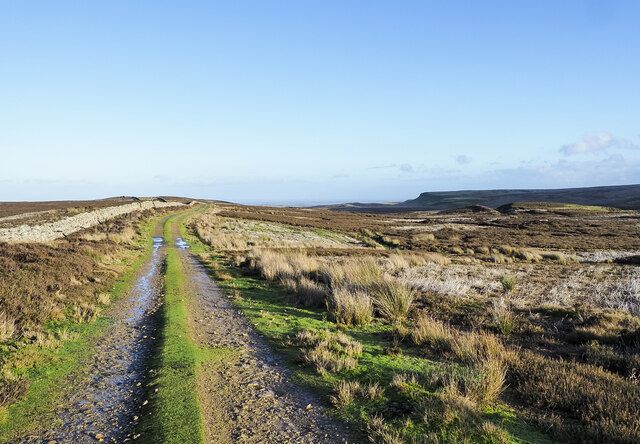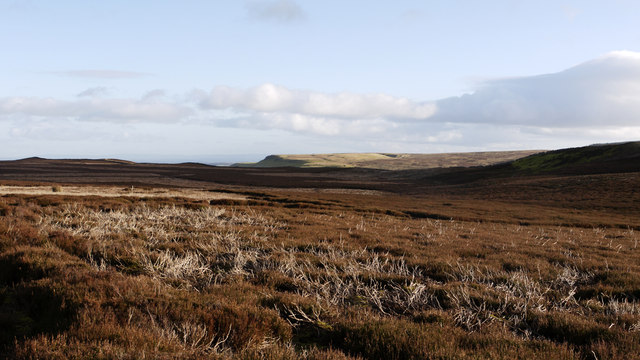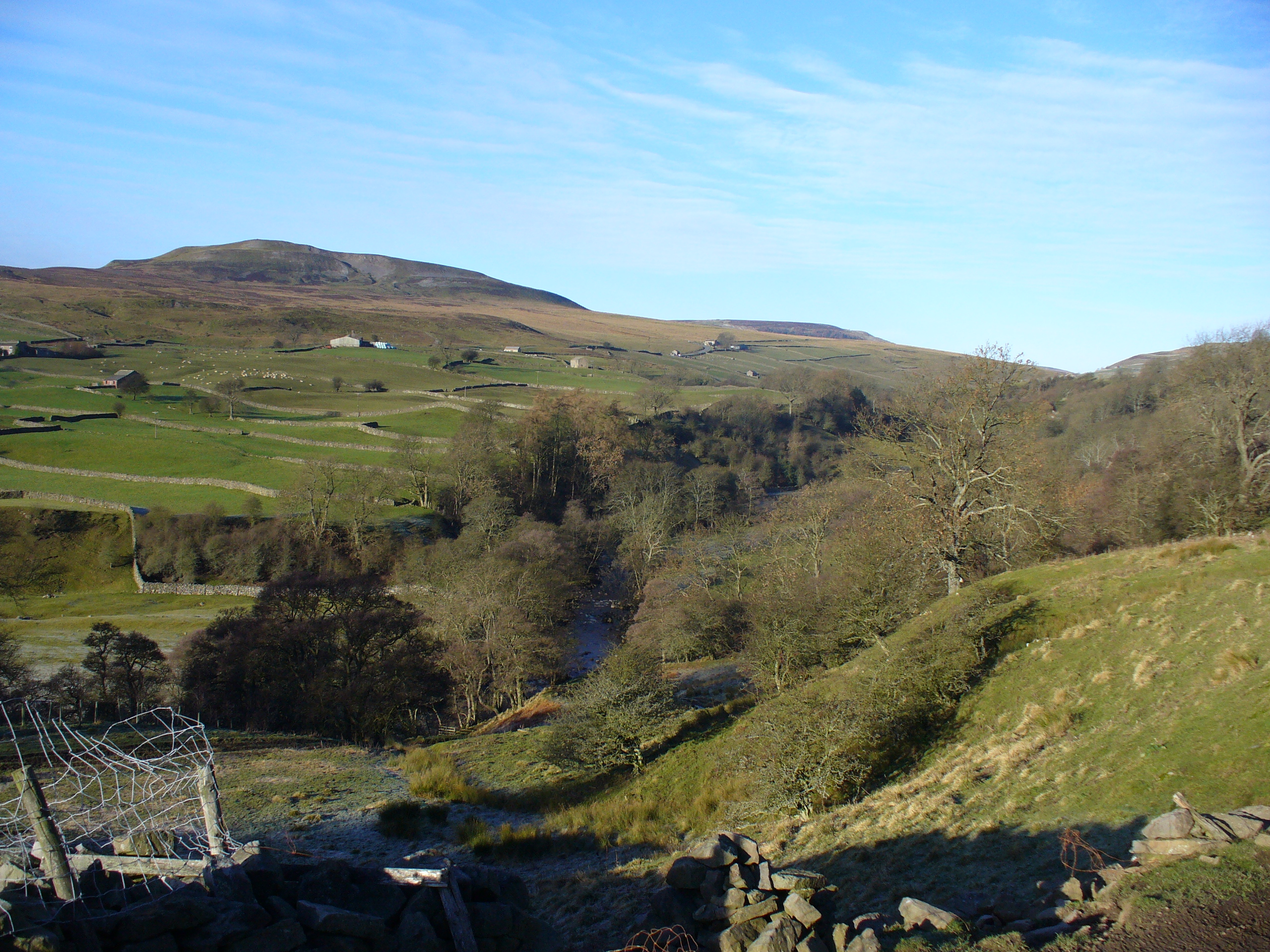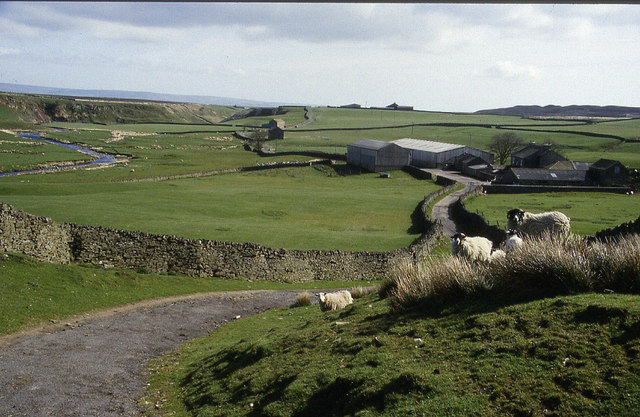Scargill
Civil Parish in Yorkshire
England
Scargill
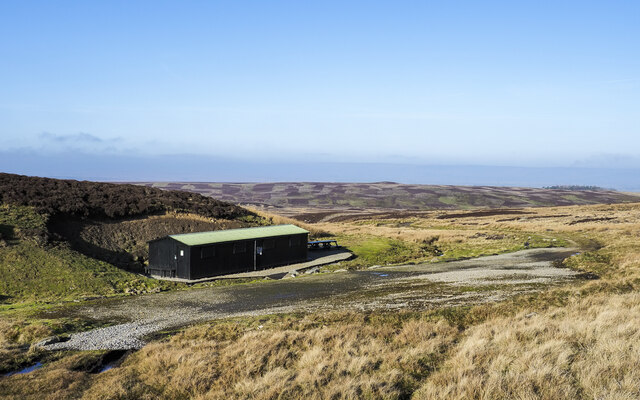
Scargill is a civil parish located in the beautiful county of Yorkshire, England. Situated in the Richmondshire district, the parish covers an area of approximately 5 square kilometers and is home to a small population of around 100 residents.
The village of Scargill is nestled amidst the picturesque Yorkshire Dales, offering stunning views of rolling hills and lush green landscapes. The parish is characterized by its tranquil and idyllic setting, making it a popular choice for those seeking a peaceful countryside retreat.
Although small in size, Scargill has a rich history that dates back many centuries. The village boasts several historic buildings and landmarks, including St. Mary's Church, a charming place of worship that has stood as a centerpiece of the community for generations.
The local economy of Scargill relies mainly on agriculture, with farming playing a significant role in the livelihood of its residents. The fertile soil and favorable climate make it an ideal location for cultivating crops and rearing livestock.
Scargill offers a range of recreational activities for both residents and visitors to enjoy. The surrounding countryside provides ample opportunities for hiking, cycling, and horse riding, allowing nature enthusiasts to explore the area's natural beauty. The village also has a close-knit community, organizing events and social gatherings throughout the year.
In conclusion, Scargill, Yorkshire, is a peaceful and charming civil parish that offers a tranquil escape from the hustle and bustle of city life. Its stunning natural landscapes, rich history, and friendly community make it a delightful place to visit or call home.
If you have any feedback on the listing, please let us know in the comments section below.
Scargill Images
Images are sourced within 2km of 54.472996/-2.029686 or Grid Reference NY9808. Thanks to Geograph Open Source API. All images are credited.
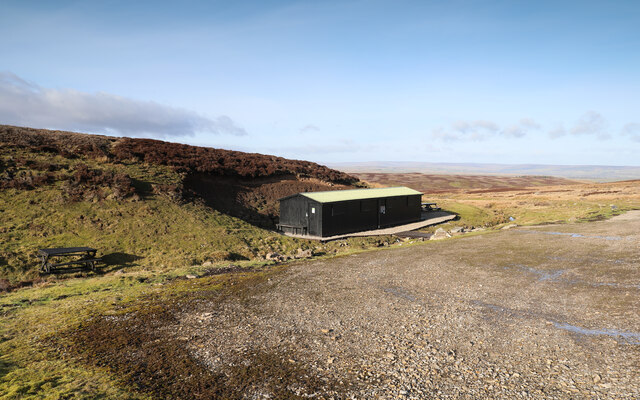



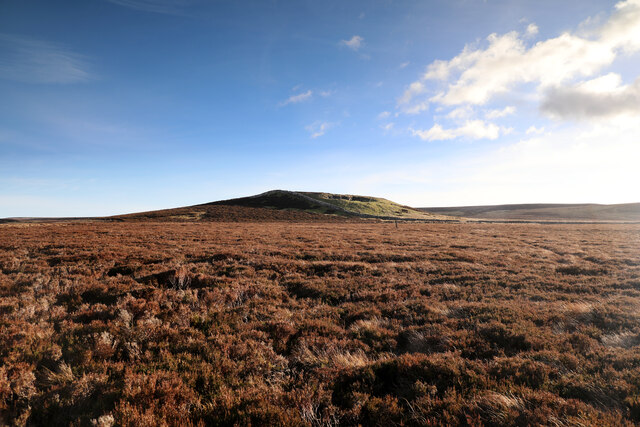


Scargill is located at Grid Ref: NY9808 (Lat: 54.472996, Lng: -2.029686)
Division: North Riding
Unitary Authority: County Durham
Police Authority: Durham
What 3 Words
///roadshow.amount.manifests. Near Bowes, Co. Durham
Nearby Locations
Related Wikis
Arkengarthdale
Arkengarthdale is a dale, or valley, on the east side of the Pennines in North Yorkshire, England. Running roughly north-west to south-east, it is the...
Hoove
Hoove is a hill in the northern Yorkshire Dales in North Yorkshire, England, near the town of Barnard Castle in County Durham. Its elevation is 554 metres...
Sleightholme
Sleightholme is a secluded hamlet on a dead end road in County Durham, England. It lies beside Sleightholme Beck, a tributary of the River Greta. The...
Sleightholme Beck Gorge – The Troughs
Sleightholme Beck Gorge – The Troughs is a Site of Special Scientific Interest in the County Durham district of south-west County Durham, England. The...
Whaw
Whaw is a hamlet in Arkengarthdale in North Yorkshire, England. It is one of few settlements in the dale and is one of the smallest. Its name derives from...
Arkle Beck Meadows, Whaw
Arkle Beck Meadows, Whaw (grid reference NY984041) is a 8.4 hectares (21 acres) biological Site of Special Scientific Interest (SSSI) at Whaw in Arkengarthdale...
Walney to Wear and Whitby Cycle Route
The Walney to Wear and Whitby Cycle Route (or W2W) is the name of a cross-country cycle route in Northern England. It runs from Walney Island in Cumbria...
National Cycle Route 70
National Cycle Network (NCN) Route 70 is a Sustrans National Route that runs from Walney Island in Cumbria to Sunderland. The route is fully open and signed...
Nearby Amenities
Located within 500m of 54.472996,-2.029686Have you been to Scargill?
Leave your review of Scargill below (or comments, questions and feedback).




